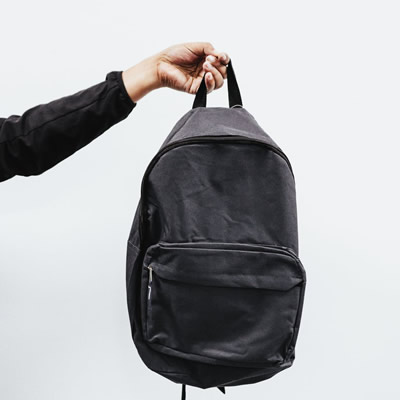 Backpack-related injuries in kids and teens have increased by 6.5 percent since 2010, according to the U.S. Consumer Product Safety Commission.
Backpack-related injuries in kids and teens have increased by 6.5 percent since 2010, according to the U.S. Consumer Product Safety Commission.
To avoid such injuries your first important step is choosing a backpack. A lightweight, waterproof synthetic fabric such as nylon or polyester is best.
Your child’s backpack should be fitted to end above the waist. Wide, padded shoulder straps and belts help to transfer weight to the chest and hips. Tight, narrow straps that dig into the shoulders can pinch nerves and interfere with circulation, causing tingling, numbness, and weakness in the arms and hands.
Pack it right and lighten the load
The American Academy of Orthopaedic Surgeons recommends that the weight of your child’s backpack be less than 10 to 15 percent of their body weight. In other words, if your child weighs 70 pounds, his or her backpack shouldn’t weigh more than 10 pounds.
When a heavyweight is put on the shoulders, the weight’s force can pull your child backward. To compensate, they may bend forward at the hips or arch their back. This can cause the spine to compress unnaturally.
Pack the heaviest books at the back of the bag, closest to the spine, to avoid back strain, and place lighter supplies farthest from the back. Make sure items are snugly packed so that there is no shifting.
Don’t try to stuff your kid’s backpack with everything they own. Save space (and weight) by using a separate lunch bag or gym bag. Have them carry excess books in their arms so that the backpack is not overloaded.
Wear it right
Ensure that the backpack is worn on both shoulders, the shoulder straps are snug, and the chest and waist straps are fastened. Wearing the backpack over just one shoulder may cause your child to lean to one side to offset the extra weight, resulting in back pain and a strained neck and shoulders.
More back-saving tips
Teach your kid to lift the backpack by bending their knees while keeping the weight close to their body. The backpack should be placed on a firm surface. The body should be straight-not bent at the waist or twisted-when putting on the backpack.
